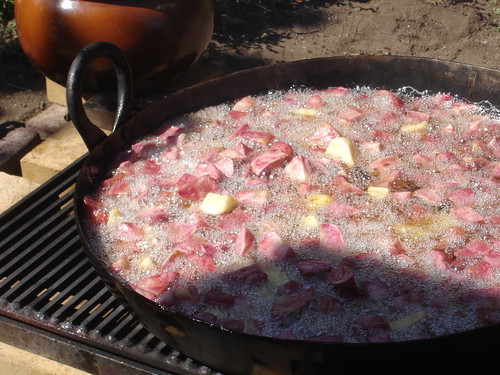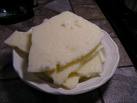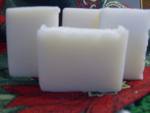How good (or bad) is your tallow? 4 important, beefed-up facts
There is a prevalent opinion that animal fat is obnoxious to human health. This is particularly said of lard or beef tallow, the rendered form of pig and cow fat. But this was not the scenario in the ancient times. Beef tallow and lard were very much in use among our ancestors, thanks to their rich vitamin content and low rate of polyunsaturated fatty acids. Though beef tallow use is being revived now, many people still hesitate to use it on account of myths about its heavy fat content and low quality of production. This article will detail on a few important facts about tallow fat and instruct you on how to differentiate between good and bad tallow.
Tallow facts: Tallow is generally made from beef or animal fat (sheep). Beef fat is rendered till it liquefies and is refrigerated to get the desired tallow free of impurities. Nowadays, tallow is used in lot of applications – in cooking, soap making, candle production, cosmetics, industrial applications as lubricants and in biofuel production.

1. How to determine tallow quality? Depending on the accepted quality grades, tallow can be classified into four categories – edible, inedible, prime and stock feed. Based on their quality, tallow is variously used in soaps, candles, salves and in animal feeding. The color and the amount of free fatty acids present in tallow determine its quality. Edible and prime tallow can be used in cooking and consumed by humans. Inedible tallow is used in soaps and candles. Stock feed tallow is used as feed to pig and chicken.
2. Edible Tallow: This is the purest form of tallow and is used as a deep frying oil. Edible tallow is completely removed of impurities and should not contain more than 1% of solid matter (such as bones or muscles) and no more than 2% water as it can become rancid quickly. The bovines slaughtered for edible beef tallow should be free of diseases or any ill-health conditions. Prime tallow also is edible. Wet rendering of fat to a temperature of 130 to 140 Fahrenheit frees regular tallow of impurities, resulting in prime, edible tallow. Higher temperatures for production cause undesirable colors.
3. Inedible and stock feed tallow: Inedible tallow is just ordinary tallow used in the making of soaps and candles. To make soaps, tallow is mixed with lye and heated to a particular temperature. Tallow soaps are harder, give rich lather and cleanse well. The purity of tallow affects the colorization of soaps. Tallow candles are prepared by dipping a wick into melted tallow repeatedly. The finer and more perfect the tallow, the greater and brighter the candle will glow. Sometimes beeswax is added if the tallow is soft or too unstable for candle making.
4. Dry rendering of tallow: Tallow that is used for human consumption or soap or candle preparation is often bleached to remove all impurities. Sometimes dry rendering is also used to prevent rancidity. In dry rendering, fat is heated directly to a temperature of 212 degrees Fahrenheit. But this type of treatment leads to permanent discoloration of tallow fat.








